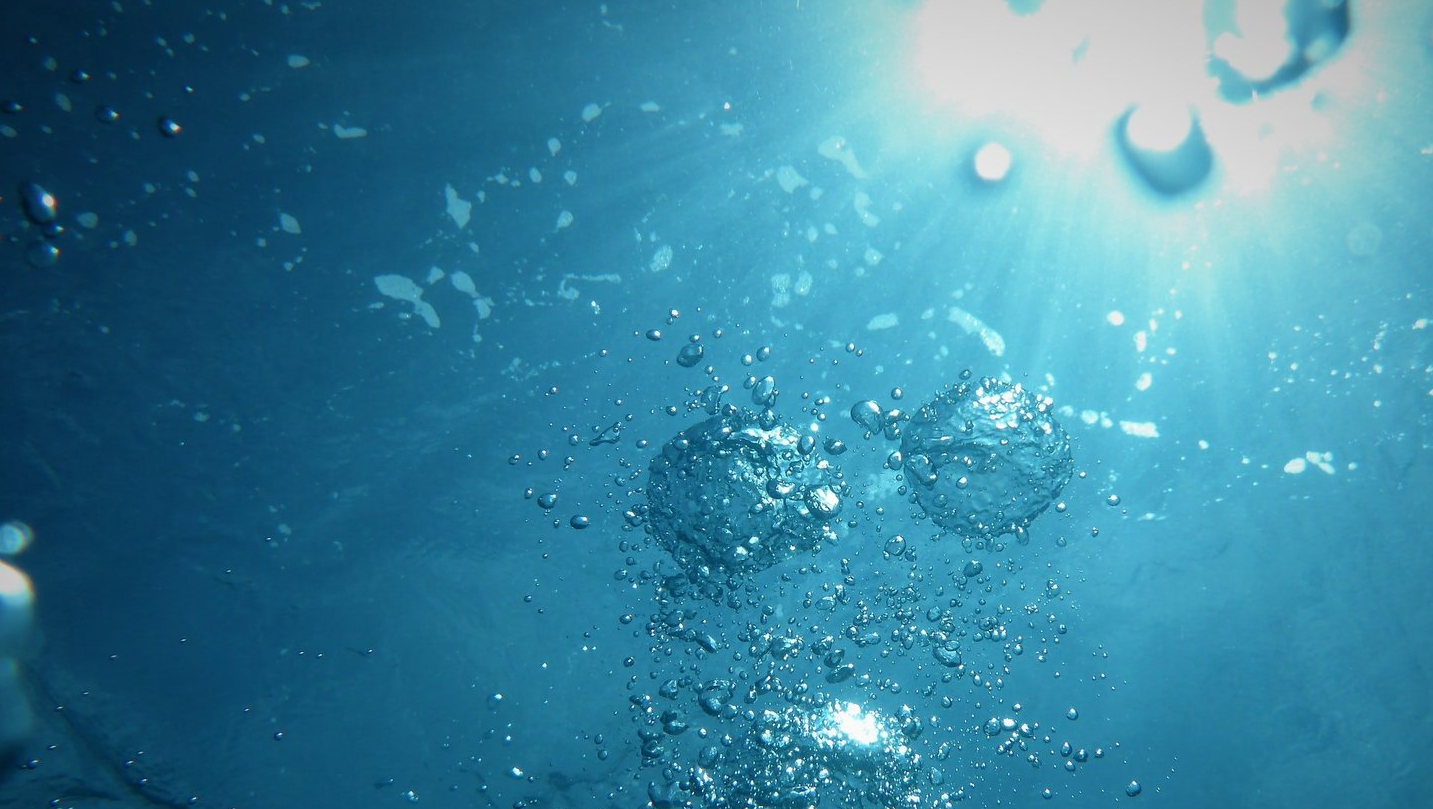Alkaline Water: What It Is and Why It Should Matter to You
Clean & Pure Water Co. • June 24, 2019

Most of the bottled water you’re drinking today that is labeled as “alkaline” is more than likely not truly alkaline. And frankly, buying bottled alkaline water can get expensive. Exploring other alternatives that would be more cost effective in the long run would be highly suggested to somebody looking to benefit from the potential health benefits of alkaline water.
Consuming alkaline water has been said to offer health benefits ranging from slowing down the aging process, prevent chronic diseases, and helping to regulate body pH in those partaking in chemotherapy or those with incurable diseases.
What is alkaline water?
Alkaline water refers to water that has a higher pH than that of regular drinking water. Some people believe that because of the lack of acidity of alkaline water, some believe alkaline water can have neutralizing effects in the body.
Generally speaking, regular drinking water has a pH of around 7. Alkaline water has a pH of about 8 or 9. For this to even matter, alkaline water would also need some way for an introduction of alkaline minerals and negative ORP (oxidation reduction potential) for this to be beneficial to the body.
Although most alkaline water has a pH of about 8 or 9, some mineral levels in naturally alkaline water sources and from treatment processes such ionization can raise the pH even higher – somewhere around 10. Do you need your water to be that high? Probably not. Your body will absorb much of the water in your stomach and be neutralized quickly by your stomach acid.
Why is alkaline water important to you and your family?
Yes, you may see every celebrity on the block posting about different alkaline water brands, but is that brand truly marketing something beneficial to you?
True alkaline water has been shown to improve symptoms of acid reflux and lessen severity of symptoms from illnesses that might cause a drop in pH of the blood. Alkaline water also contains important antioxidants to help neutralize free radicals that might cause damage to cells and DNA; it is also shown to have detoxifying effects.
What methods are used to create alkaline water; how can I get it in my home?
Natural alkaline water can occur in nature, in areas where water might flow over sediment or rocks, and through springs and clear-water rivers. Minerals such as calcium are collected in the water and the body then absorbs these healthy minerals.
Alkaline water is also created artificially through machines called water ionizers. These machines use a process called electrolysis to separate incoming water molecules into acidic and alkaline components, by gaining or losing electrons. There are problems you can face with this method, such as not getting enough good minerals reintroduced into your post-ionized water.
A new method that is coming slowly into market, is adding an alkalizer filter to new or existing reverse osmosis systems. This filter has an exclusive blend of minerals, which brings the pH of the reverse osmosis water to between 7.5-9.5. These minerals are added back into the water right after it passes through the membrane and is essentially the last stop before it reaches your drinking water tap.
The simplest method to get alkaline water into your home is through utilizing a reverse osmosis system that utilizes an alkaline post-filter.
For the person who doesn’t live close to a natural alkaline water source and doesn’t want to shell out thousands on an expensive water ionizer that doesn’t even introduce any type of healthy minerals back into the water, purchasing a reverse osmosis systems with an alkaline post-filter is the most cost-effective and easiest way to introduce alkaline water in your home.
We recommend using a five-stage reverse osmosis system, utilizing a sediment filter, two carbon-block filters, and an alkalizer post-filter. The size of your holding tank will really depend on your family’s needs, but a 2-3 gallon with a 50 gallon per day production membrane works for most of our customers.
Initially, reverse osmosis water goes through a process that essentially removes bad contaminants known as TDS (total dissolved solids). The process is simple – water pressure (an external pressure, compared to regular osmosis where osmotic pressure is used) pushes tap water through the semipermeable membrane of the system to create a “less” concentrated solution. This membrane, which acts similarly to a filter, has microscopic pores that help to remove dissolved contaminants. This semi-permeable membrane is designed specifically to only let water molecules through and nothing else.
A reverse osmosis acts as a purification system. When initially produced, RO water has a neutral pH of about 7, but when exposed to water that pH drops to about 5-5.5. This is where your alkalizer post-filter comes in; this filter will allow the final water to run through a mineral blend, raising the pH naturally and reintroducing the healthy minerals lost during the reverse osmosis process.
If you’re tired of going to the grocery store and lugging and jugging….
If you’re tired of potentially spending thousands of dollars to purchase a water ionizer….
If you’re tired of hearing the hype of bottled alkaline waters from your favorite celebrities….
Then invest in a reverse osmosis system with an alkalizer post-filter.
